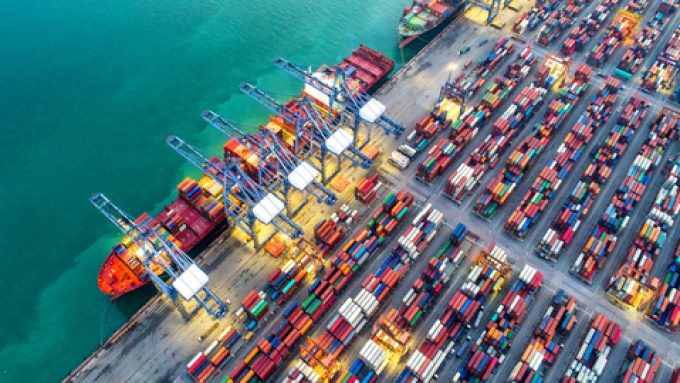Solid results in '24 and a good start to '25, says bullish Hapag-Lloyd CEO
German container shipping line Hapag-Lloyd appears to have slightly lost market share last year, today ...

The last three months of 2023 were some of the worst for liner shipping’s finances in recent years, with the cumulative loss among carriers amounting to $700m, according to new analysis from John McCown.
It was the industry’s first quarterly loss since the onset of the pandemic in 2020 – and even though freight rates declined significantly over the course of last year, the third quarter still saw carriers post a cumulative profit of $4.2bn.
This again demonstrates the wild swings in ...
Volcanic disruption at Anchorage could hit transpacific airfreight operations
Shippers snap up airfreight capacity to US ahead of tariff deadline
New price hikes may slow ocean spot rate slide – but for how long?
Tighter EU import requirements proving 'a challenge' for forwarders
Supply chain delays expected after earthquake hits Myanmar
Forwarders stay cool as US 'liberation day' tariffs threaten 'global trade war'
Looming Trump tariffs will create 'a bureaucratic monster' for Customs

Comment on this article